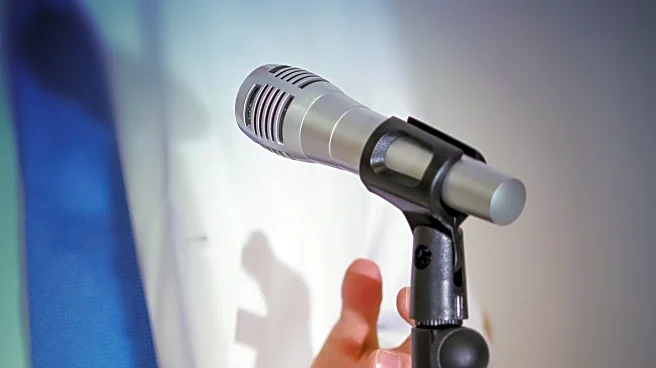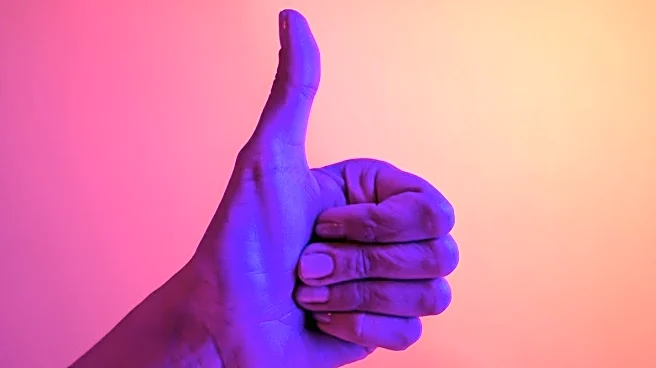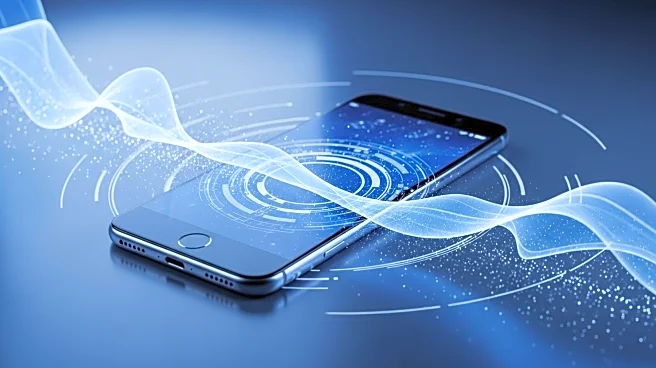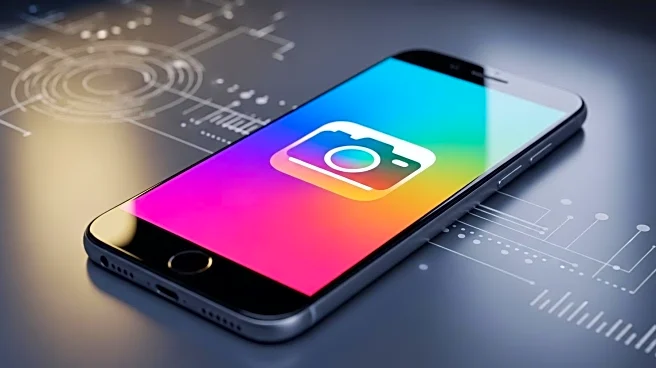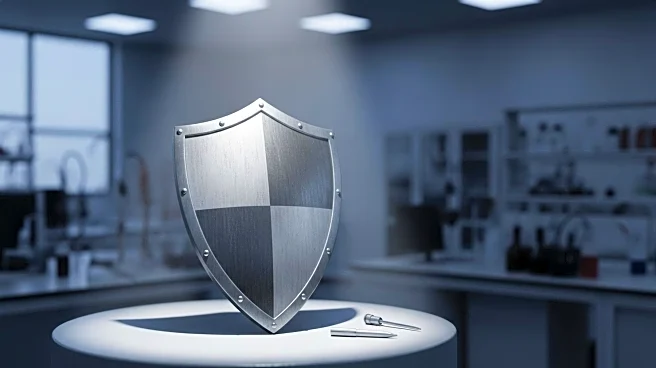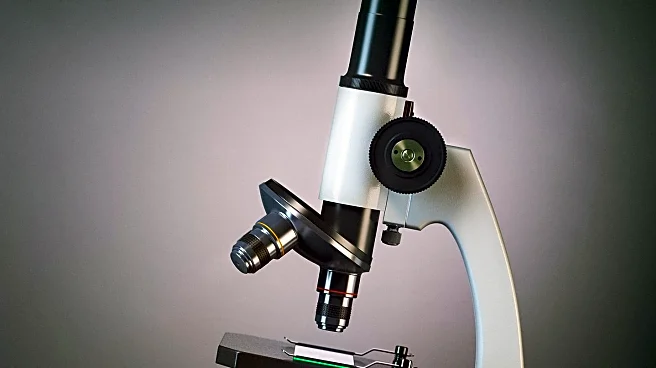What is the story about?
What's Happening?
At the recent Ig Nobel Prize ceremony, Dr. Trisha Pashricha delivered a 24/7 lecture that humorously linked the use of smartphones in bathrooms to an increased risk of hemorrhoids. The Ig Nobel Prizes, known for celebrating unusual and imaginative research, featured Dr. Pashricha's study as part of its tradition of presenting findings in a concise and entertaining format. Her lecture, which was also shared on Instagram, quickly gained popularity, amassing over half a million views. The study highlights a quirky intersection between modern technology habits and health, drawing attention to the potential consequences of prolonged smartphone use in the bathroom.
Why It's Important?
This event underscores the growing influence of technology on daily habits and health. The humorous yet insightful presentation at the Ig Nobel Prizes brings to light how seemingly innocuous behaviors, like using smartphones in the bathroom, can have unexpected health implications. The widespread attention garnered by Dr. Pashricha's lecture suggests a public interest in understanding the health impacts of technology use. This could lead to increased awareness and potentially influence public health recommendations regarding smartphone use in private settings. The study also exemplifies how scientific research can engage the public through humor and relatability, making complex topics more accessible.
What's Next?
Following the attention received by Dr. Pashricha's lecture, there may be further research into the health effects of smartphone use in various contexts. Public health officials and researchers might explore additional studies to confirm these findings and assess their broader implications. The popularity of the lecture could also inspire similar studies that examine other everyday habits influenced by technology. As awareness grows, there may be discussions on how to mitigate the health risks associated with prolonged smartphone use, potentially leading to new guidelines or recommendations.
Beyond the Headlines
The study presented at the Ig Nobel Prizes highlights a cultural shift in how technology is integrated into daily life, even in private spaces like bathrooms. This raises questions about privacy, the psychological effects of constant connectivity, and the potential for technology to alter traditional behaviors. The humorous approach to presenting the research also reflects a broader trend in science communication, where engaging storytelling is used to capture public interest and convey important messages. This could influence how future scientific findings are shared with the public, emphasizing the role of creativity in effective communication.
AI Generated Content
Do you find this article useful?
